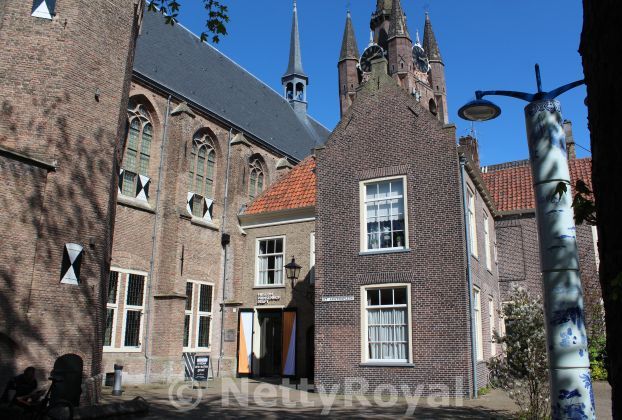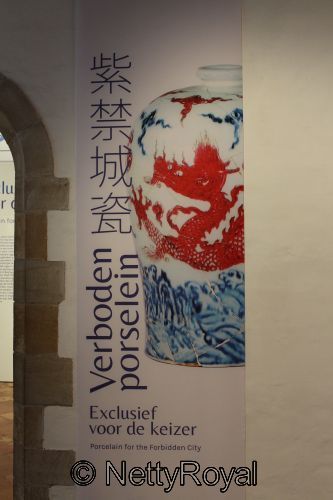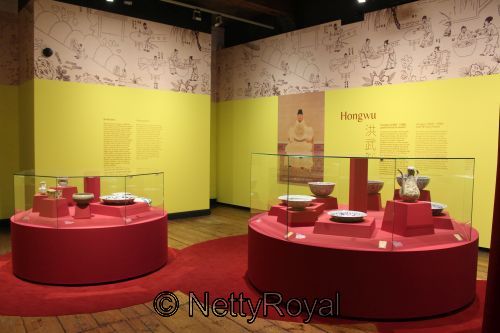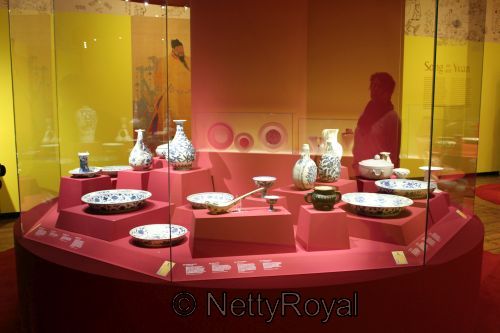The last one of the exhibitions I visited earlier this month, is not exactly my favourite. I once again decided porcelain is not really my cup of tea, unless really royal. But for people who do love it: Queen Máxima of the Netherlands (yes, also this one) opened the exhibition “Porcelain for the Forbidden City” at the Prinsenhof in Delft, The Netherlands, on Friday 7 April 2017. The exhibition is on display until 9 July 2017. As I had plans to see exhibitions in Dordrecht and The Hague anyway, and Delft is somewhere in between, I decided to do them all in one day.


The exhibition combines Dutch delftware with fragments of Chinese Ming-porcelain discovered during an archaeological dig in the city of Jingdezhen in the early 1980s. There the porcelain for the Chinese emperors was manufactured, but never reached the imperial court in Beijing as the quality of the products was not thought to be good enough. Porcelain was an expression of political and artistic messages by the emperors and was used for religious rituals at the court. Apart from the old porcelain, the exhibition also shows work from six modern artists from China and the Netherlands, showing that the ancient crafts are still very much alike.
The Ming dynasty started with Emperor Hongwu and he and his successors would rule in the next 276 years. Most porcelain found buried at Jingdezhen belonged to the reigns of Hongwu (1368-1398), Yongle (1402-1424), Xuande (1425-1435) and Chenghua (1464-1487). They left their marks on warfare, politics, but also on art and culture. Although their names and “portraits” decorate the walls of the exhibitions, the texts are mainly about the porcelain. As off the 17th century the blue and white porcelain from China was brought to the Netherlands and has been the inspiration for Delft blue pottery.


If you’re like me not very much interested in the porcelain, there is still a lot to see in the museum. Apart from even more Delftware, the museum focusses on Prince Willem of Orange (William the Silent), who in 1584 was killed here, and the Orange-Nassau dynasty that until today rules the Netherlands. The bullet hole on the spot where Prince Willem was killed is still there. And Delft has much more to offer.
